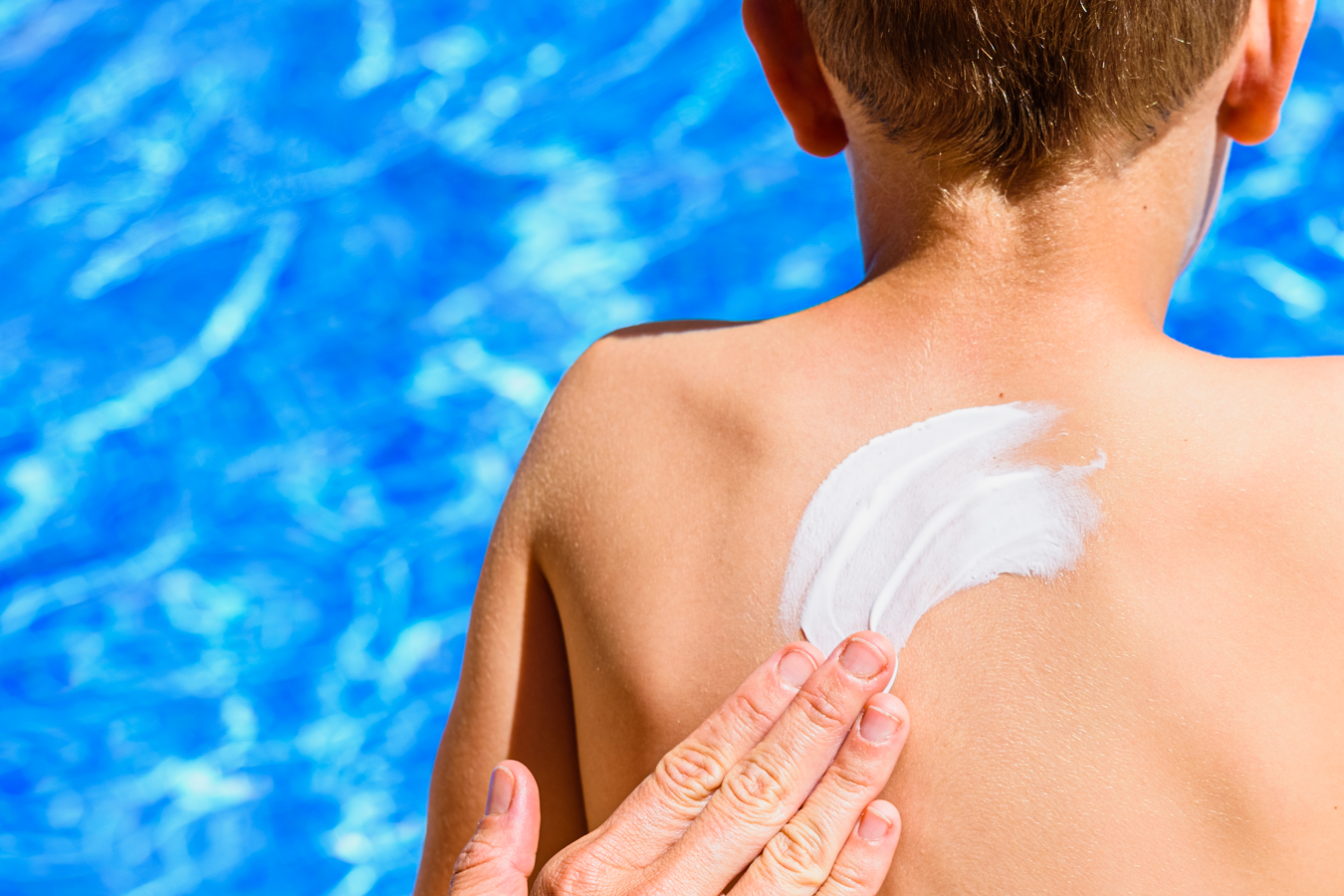Far from being a product related to walks or visits to the sea and swimming pools, sunscreen is a vital element in preventing diseases such as skin cancer, which is also classified as the fifth most common type of cancer on the planet, according to reports from the World Health Organization updated to 2022.
Could sunscreen prevent diseases that affect the skin and other parts of the body?
According to dermatologist Maureen Barahona, although sunscreen is not an absolute solution to prevent damage, it is necessary to apply it daily.
“The best thing to do is to avoid the sun. Sunscreen is not the only key, and its effectiveness does not depend on the manufacturer, but on people applying it in the right amount and frequency,” explains the doctor.
But before we understand more about the recommended ways to apply sunscreen, we need to understand how it is formed and what its effects are.
What is sunscreen?
Barahona explains that sunscreen is made from organic and inorganic compounds and this causes the market to be divided. In this sense, chemical and physical sunscreens can be found.
Physicians, which are often recommended for people with sensitive skin, work as light reflectors and contain titanium and zinc oxide. “They have much larger molecules that do not allow light to pass through, and because they are so large, they reflect it,” explains Dr. Maureen.
The dermatologist explains that, on the other hand, chemical blockers are made of components such as cinnamate or salicylates that allow the absorption of light.
However, despite their different compositions, both types of sunscreens fulfill the task of delaying the time it takes for the skin to become irritated or turn red due to exposure to light, explains Barahona.

In light of this, it is worth mentioning the difference between calling these products “blockers” or “sun protectors.” According to dermatology specialist Karla Esquivel, protectors are those that prioritize chemical composition, while blockers prioritize physical composition.
According to academics and scientific researchers, the care possibilities that both sunscreen and sunscreen offer are a great advantage for life, especially because they protect the skin from ultraviolet A (UVA) rays, ultraviolet B (UVB) rays, infrared rays, as well as invisible light, and even the brightness emitted by electronic screens, says Maureen Barahona.
Barahona and Esquivel agree that if sunscreen or protector is not used, the risks to the skin are multiple and could present from the aforementioned cancer, as well as dehydration, the appearance of spots, lentigines, wrinkles, lesions, decreased collagen and elastic tissue.
How and when to use sunscreen
Dr. Karla Esquivel mentions that protection against sunlight is essential. As for how to apply sunscreen, this can be done by pouring an ounce of cream on the index and middle fingers – together – for each exposed area of the body.
The most important areas to cover are the most exposed ones, which are most of the time: the face, arms, hands, nape of the neck, chest, neck, ears, and earlobes.

Specialists note that the general recommendation is to apply the product daily, three times a day. Esquivel comments that the suggestion states that it should be applied at 8, 11, and 13 hours. If exposure to the sun is very strong, it should be done every two hours, especially if people stay in unshaded areas.
It is worth mentioning that there are water-resistant sunscreens on the market. However, the protective effects usually last between 40 and 80 minutes after application, so if used, it should also be applied constantly, adds Dr. Maureen Barahona.
On the other hand, Dr. Esquivel says that, as it has become a primary need for skin care for all people, sunscreen and sunblock can be applied even to babies between six and nine months old.
Recommendations on sunscreen and skin
It is important to talk about sunscreens and protectors, since, beyond being summer and the risks that this time of year poses due to the increase in temperatures, in latitudes such as Guatemala, the use of these products is not part of popular culture, according to the doctors interviewed.
“There is no culture. That is why we dermatologists see so many skin cancers. It is something that happens every day. Unfortunately, we do not have the culture of applying sunscreen and we think that it is for going to the beach. We have to remember that it is used daily,” reflects Karla Esquivel.
Regarding the speed of the effects that the use of sunscreen might not have, the doctor comments: “In children, it is very important (to plan for care) because the skin is very sensitive and all the sun damage we receive before the age of 18, which accumulates for the rest of our lives, will have harmful effects later. From the age of 30, or before, we could begin to see the effects of the lack of sun protection and care .”
When deciding which product to buy, it is important to take into account the sun protection factor (or SPF) of the sunscreen or protector. This value indicates how much resistance there will be to ultraviolet rays. Ideally, this should be used between levels 30 and 50.
Karla Esquivel also mentions that sunscreens or protectors can be found in the form of lotion, cream, spray, or stick. To choose it, the dermatologist adds that for dry skin it is recommended to use a creamier one.
As for the absorption of the sunscreen or protector into the skin, you should wait one to two minutes.
Dr. Barahona explains that caution should be exercised with the expiration date of products since if they are used after the expiration date has expired, allergic or irritant contact dermatitis could arise when exposed to the sun.
Wearing wide hats that cover exposed areas near the face and shoulders, as well as wearing light-repellent clothing, are other ways to protect yourself from the rays, says the specialist.























+ There are no comments
Add yours